Penguin
ELITE MEMBER

- Joined
- Jan 11, 2009
- Messages
- 13,047
- Reaction score
- 56
Yes,Syria, Aleppo, T-72M1, object-172M1
The one in the lower left corner isnt T-72
Follow along with the video below to see how to install our site as a web app on your home screen.
Note: This feature may not be available in some browsers.

Yes,Syria, Aleppo, T-72M1, object-172M1





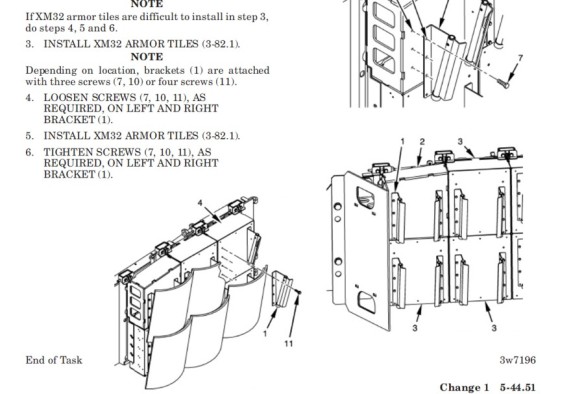

Speed & particularly accelleration always matter for tanks, if they are to survive (when they change position).One development in modern warfare is that speed doesnt matter for tanks anymore. Land campaigns over very long distances are impossible to imagine due to other factors.

I was talking about top speed. You break your neck to take your enemy by surprise but are still attacked by heavy weapons when you get there. Then guess the enemy was not taken by surprise after all. Tanks are not required to out race any more.Speed & particularly accelleration always matter for tanks, if they are to survive (when they change position).

It is not necessarily about racing towards your opponent to achieve surprise but also, e.g. in a defensive role, to race (back) from one prepared position to another when the first position is no longer tenable. Good acceleration and speed reduce the amount of time a tank is exposed in open terrain (and hence vulnerable to countermeasures). Also, speed would seem relevant in flanking manoeuvres i.e. going around and moving into the rear of the opponent (denying the opponent essential time to react).I was talking about top speed. You break your neck to take your enemy by surprise but are still attacked by heavy weapons when you get there. Then guess the enemy was not taken by surprise after all. Tanks are not required to out race any more.

Thank you very much. That was a very informative reply to my careless post. But lets check if you are a real Dutch. Do you recognize this image ?It is not necessarily about racing towards your opponent to achieve surprise but also, e.g. in a defensive role, to race (back) from one prepared position to another when the first position is no longer tenable. Good acceleration and speed reduce the amount of time a tank is exposed in open terrain (and hence vulnerable to countermeasures). Also, speed would seem relevant in flanking manoeuvres i.e. going around and moving into the rear of the opponent (denying the opponent essential time to react).
The three traditional factors determining a tank's capability effectiveness are firepower, protection, and mobility.
More specifically, the mobility of a tank is described by its battlefield or tactical mobility, its operational mobility, and its strategic mobility.
- Firepower is the ability of a tank's crew to identify, engage, and destroy enemy tanks and other targets using its large-calibre cannon.
- Protection is the degree to which the tank's armour, profile and camouflage enables the tank crew to evade detection, protect themselves from enemy fire, and retain vehicle functionality during and after combat.
- Mobility includes how well the tank can be transported by rail, sea, or air to the operational staging area; from the staging area by road or over terrain towards the enemy; and tactical movement by the tank over the battlefield during combat, including traversing of obstacles and rough terrain.
Tactical mobility
- Tactical mobility can be broken down firstly into agility, describing the tank's acceleration, braking, speed and rate of turn on various terrain, and secondly obstacle clearance: the tank's ability to travel over vertical obstacles like low walls or trenches or through water.
- Operational mobility is a function of manoeuvre range; but also of size and weight, and the resulting limitations on options for manoeuvre.
- Strategic mobility is the ability of the tanks of an armed force to arrive in a timely, cost effective, and synchronized fashion
Tank agility is a function of the weight of the tank due to its inertia while manoeuvring and its ground pressure, the power output of the installed power plant and the tank transmission and track design. In addition, rough terrain effectively limits the tank's speed through the stress it puts on the suspension and the crew.
Obstacles can be as simple as the things that a tank might find and must be able to cross over (vertical obstacles include e.g. accidentally or intentionally formed piles of rubble, tresholds, abandoned vehicles etc), but also include trenches, anti-tank ditches, items suchs as the Czech hedgehog and Dragon's teeth, and anti tank mines. Relevant factors are front and rear angle of the track, track length, but also the abilty to move earth/rubble (e.g. does it have a standard 'entrenching blade' like the T-72 does) and the ability to mount special gear such as a shovel blade, or nose-mounted mine clearance systems (track-width or full-width mineplow(s), demining pressure wheels or rotating ball-and-chain demining systems).
In the absence of combat engineers, most tanks are limited to fording rivers. The typical fording depth for MBTs is approximately 1 m (3.3 ft), being limited by the height of the engine air intake and driver's position. Modern tanks such as the Russian T-90 and the German Leopard 1 and Leopard 2 tanks can ford to a depth of 3 to 4 m (9.8 to 13.1 ft) when properly prepared and equipped with a snorkel to supply air for the crew and engine. Tank crews usually have a negative reaction towards deep fording but it adds considerable scope for surprise and tactical flexibility in water crossing operations by opening new and unexpected avenues of attack.
Tanks are highly mobile and able to travel over most types of terrain due to their continuous tracks and advanced suspension. The tracks disperse the weight of the vehicle over a large area, resulting in less ground pressure. A tank can travel at approximately 40 kilometres per hour (25 mph) across flat terrain and up to 70 kilometres per hour (43 mph) on roads, but due to the mechanical strain this places on the vehicle and the logistical strain on fuel delivery and tank maintenance, these must be considered "burst" speeds that invite mechanical failure of engine and transmission systems. Consequently, wheeled tank transporters and rail infrastructure is used wherever possible for long-distance tank transport. The limitations of long-range tank mobility can be viewed in sharp contrast to that of wheeled armoured fighting vehicles. The majority of blitzkrieg operations were conducted at the pedestrian pace of 5 kilometres per hour (3.1 mph), and that was only achieved on the roads of France.
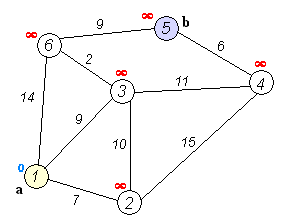

Dijkstra's algorithm for finding the shortest path between a and b.Thank you very much. That was a very informative reply to my careless post. But lets check if you are a real Dutch. Do you recognize this image ?

Video:Installation of Abrams Reactive Armor Tiles (ARAT) on M1A2 SEP V2 tank
https://twitter.com/hashtag/atlanticresolve?f=tweets&vertical=default&src=hash

Now its proven without doubt. You really are dutch.Dijkstra's algorithm for finding the shortest path between a and b.
Conceived by computer scientist Edsger W. Dijkstra in 1956
It picks the unvisited vertex with the lowest distance, calculates the distance through it to each unvisited neighbor, and updates the neighbor's distance if smaller. Mark visited (set to red) when done with neighbors.
https://en.wikipedia.org/wiki/Dijkstra's_algorithm
https://en.wikipedia.org/wiki/Edsger_W._Dijkstra
https://en.wikipedia.org/wiki/Shortest_path_problem
See also
https://www.cs.usfca.edu/~galles/visualization/Dijkstra.html
http://slideplayer.com/slide/9917478/
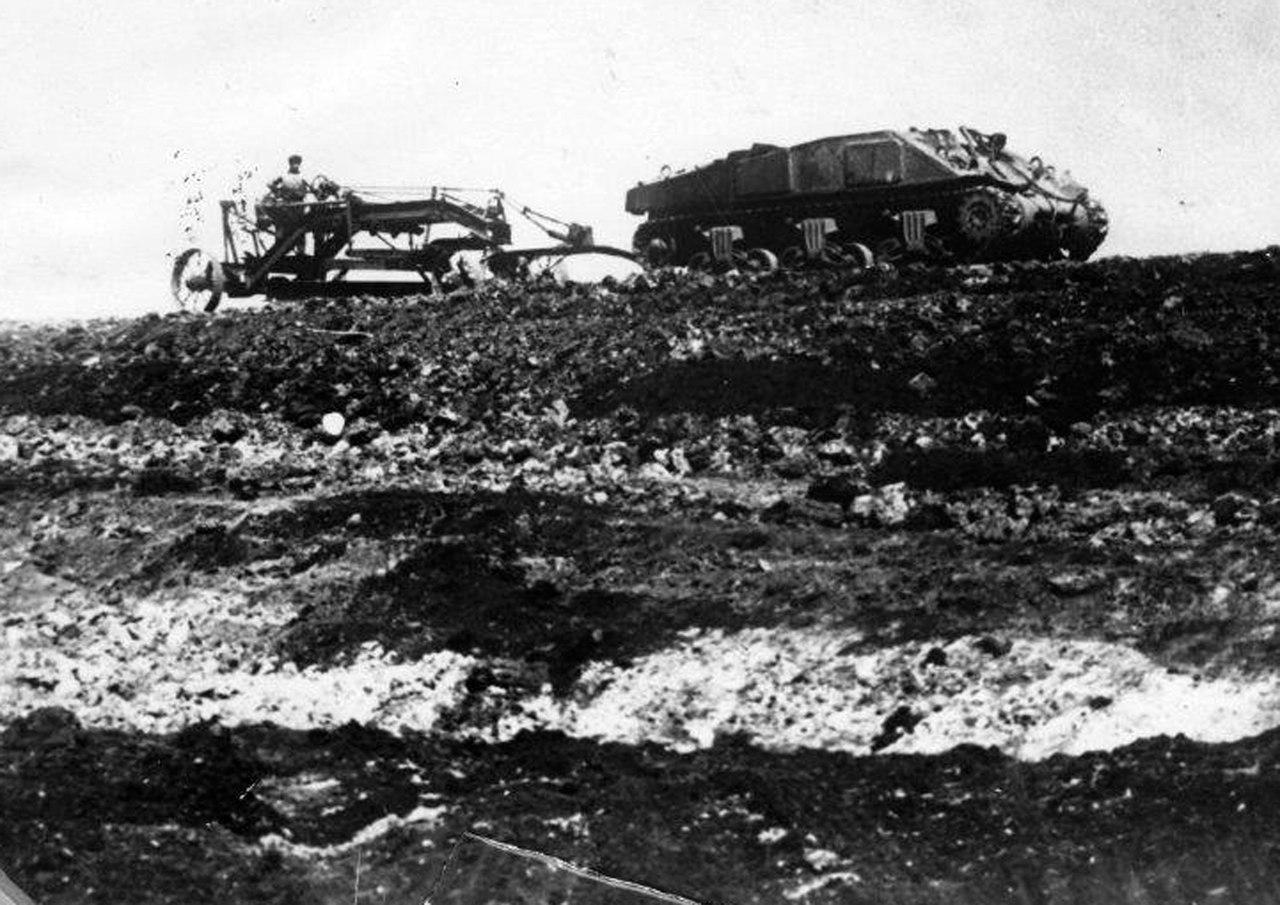
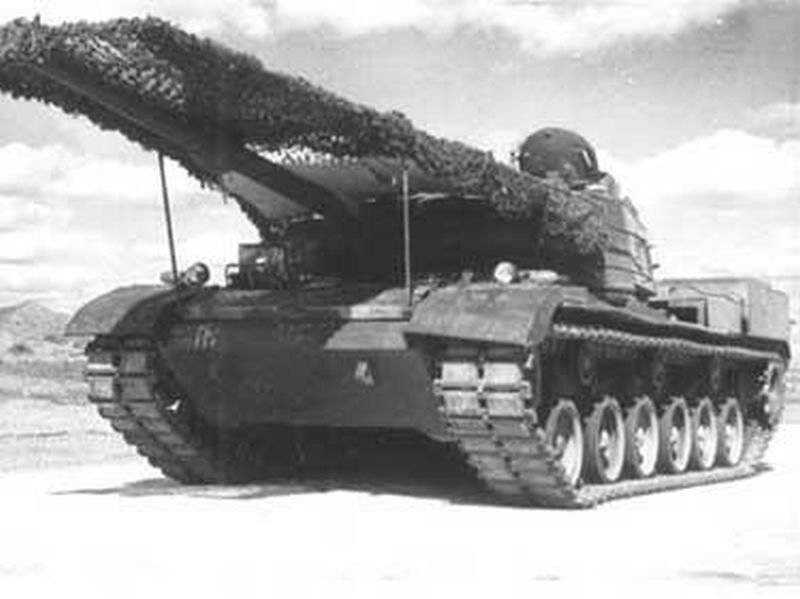

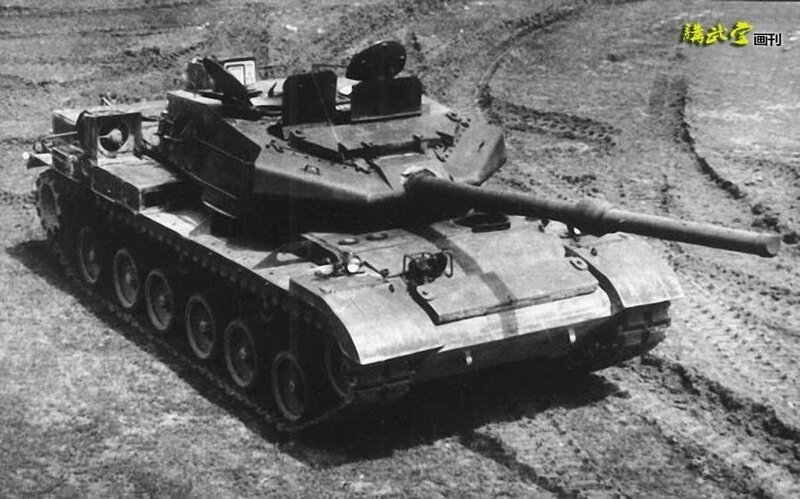
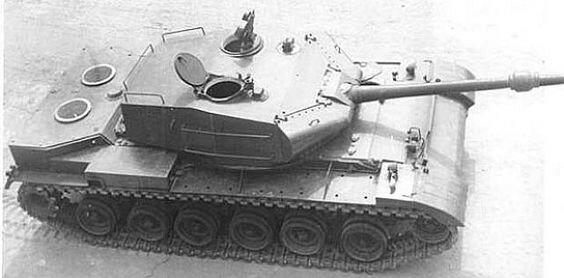

Wiesel Mk I

